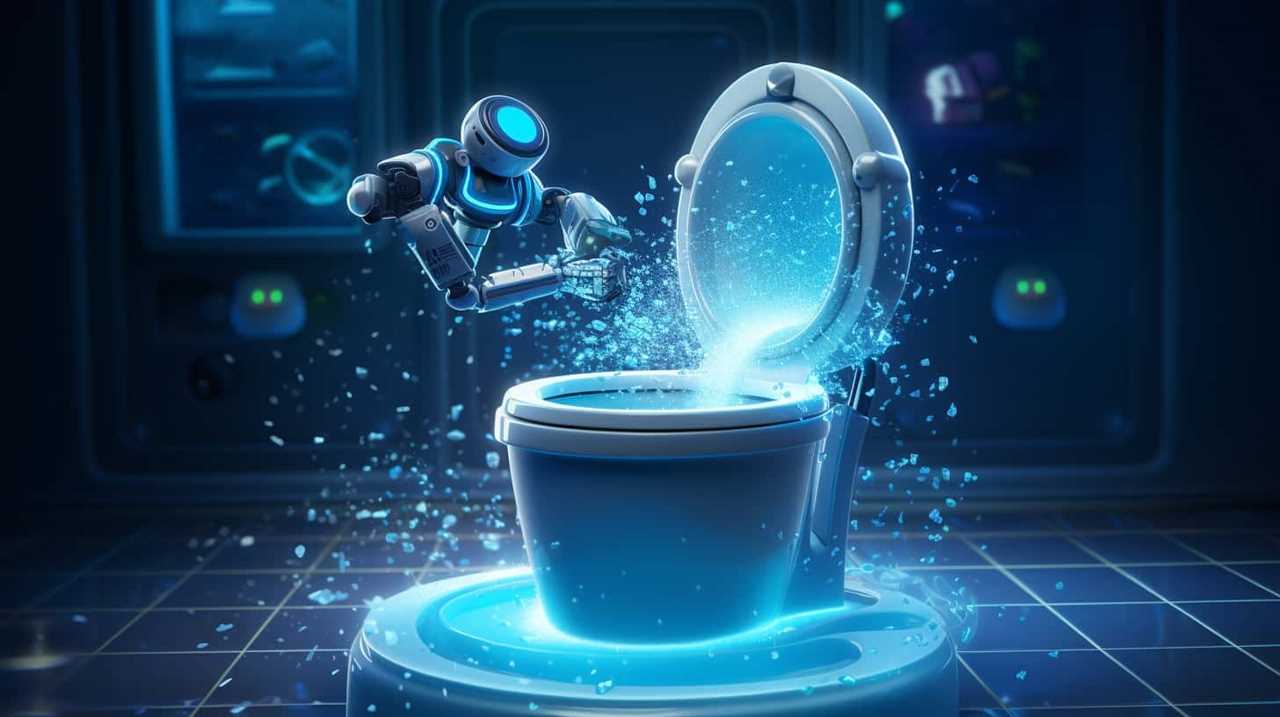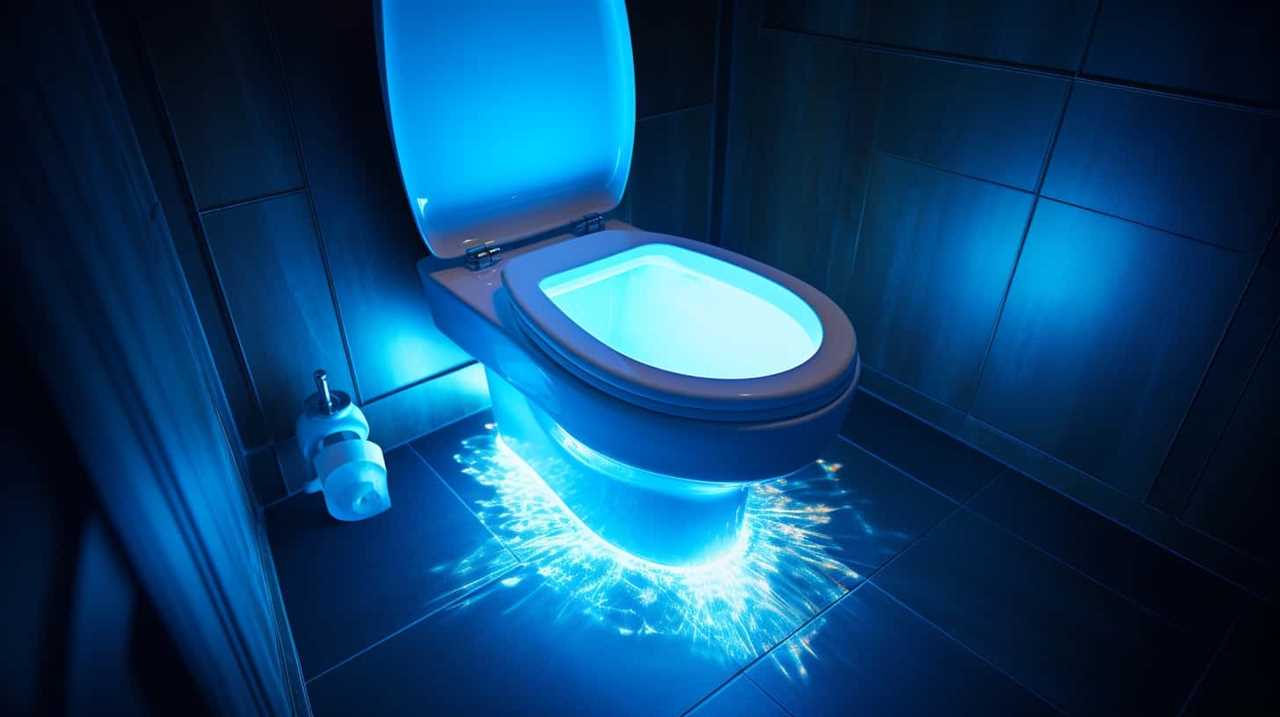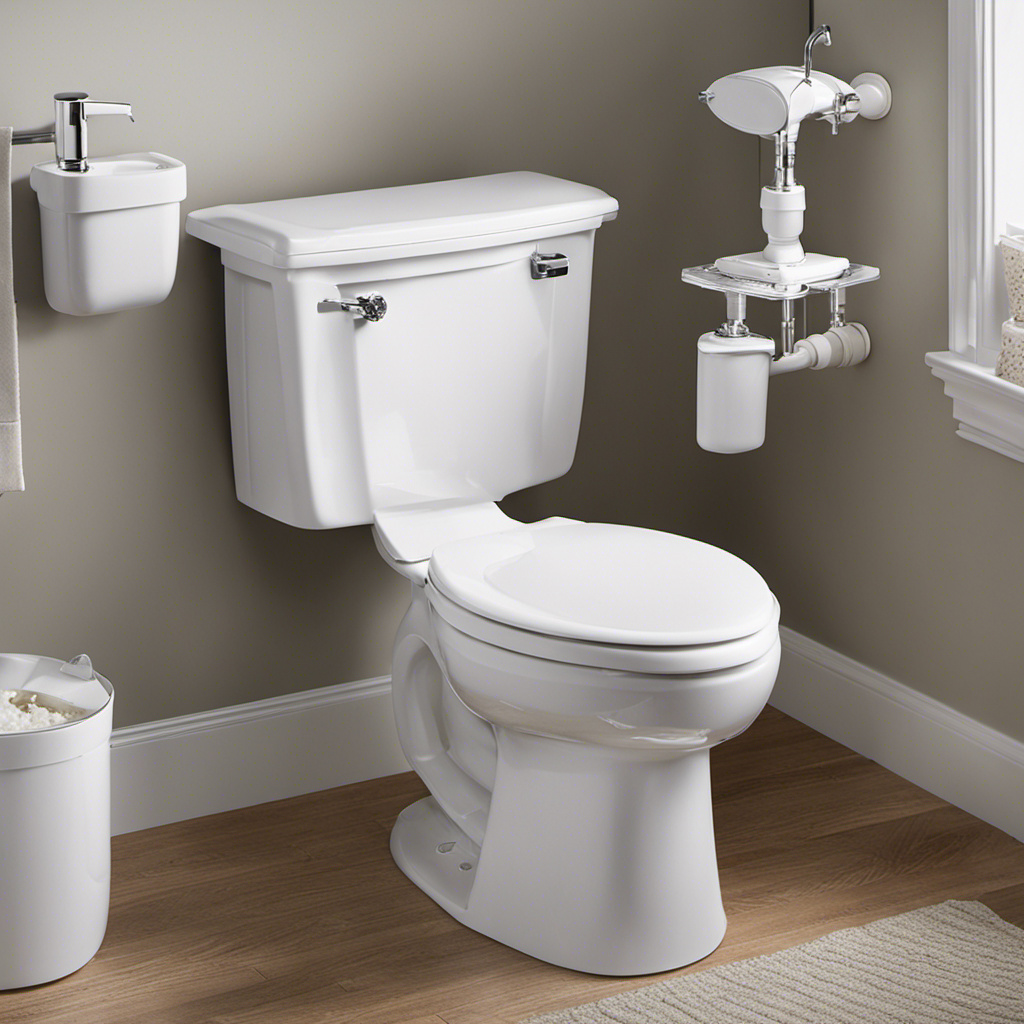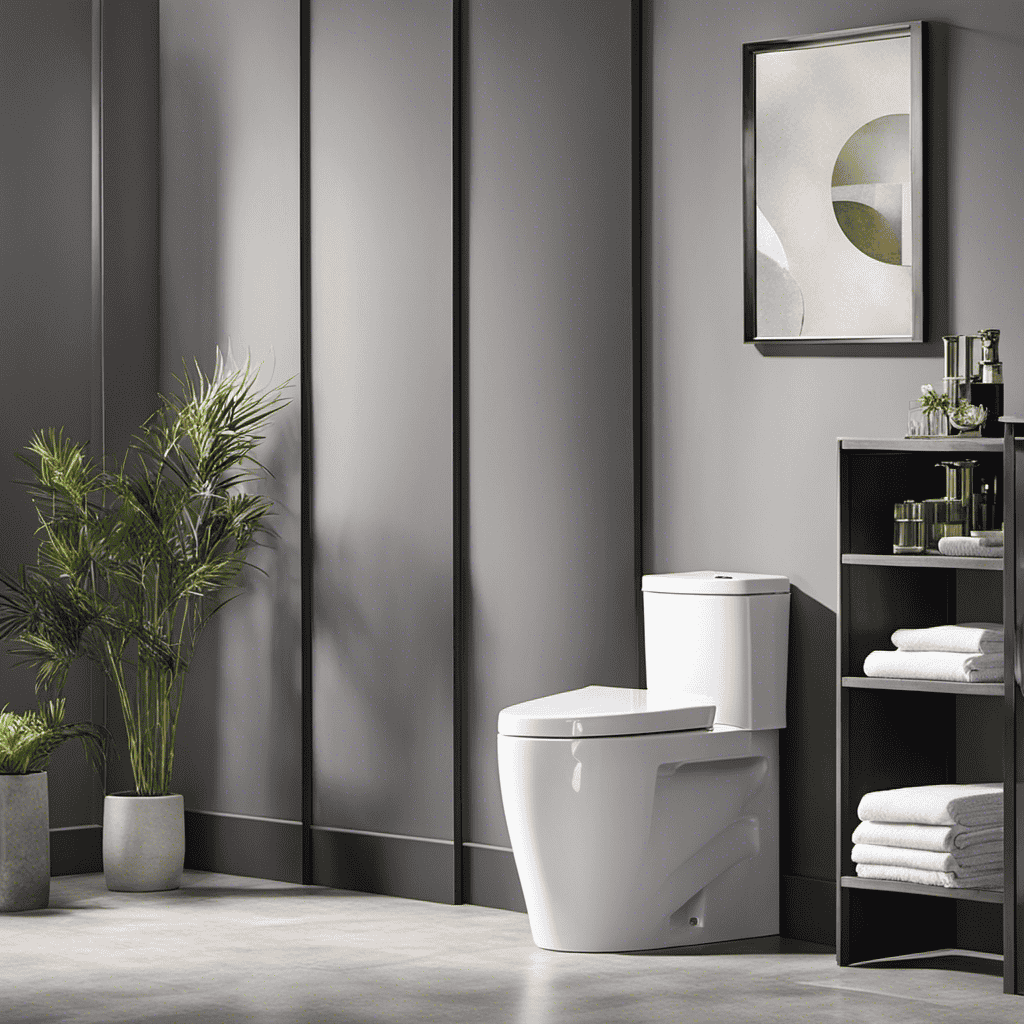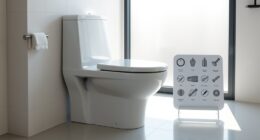Have you ever wondered where all the toilet paper goes once it’s flushed down the toilet?
Well, dear reader, let us take you on a journey from the bowl to the sewer, where this seemingly insignificant paper goes through a remarkable transformation.
In this article, we will explore the intricate treatment process at the wastewater treatment plant, the role of bacteria in breaking down the toilet paper, and how it is ultimately transformed into new products.
Join us as we delve into the environmental implications and sustainability efforts surrounding this everyday necessity.
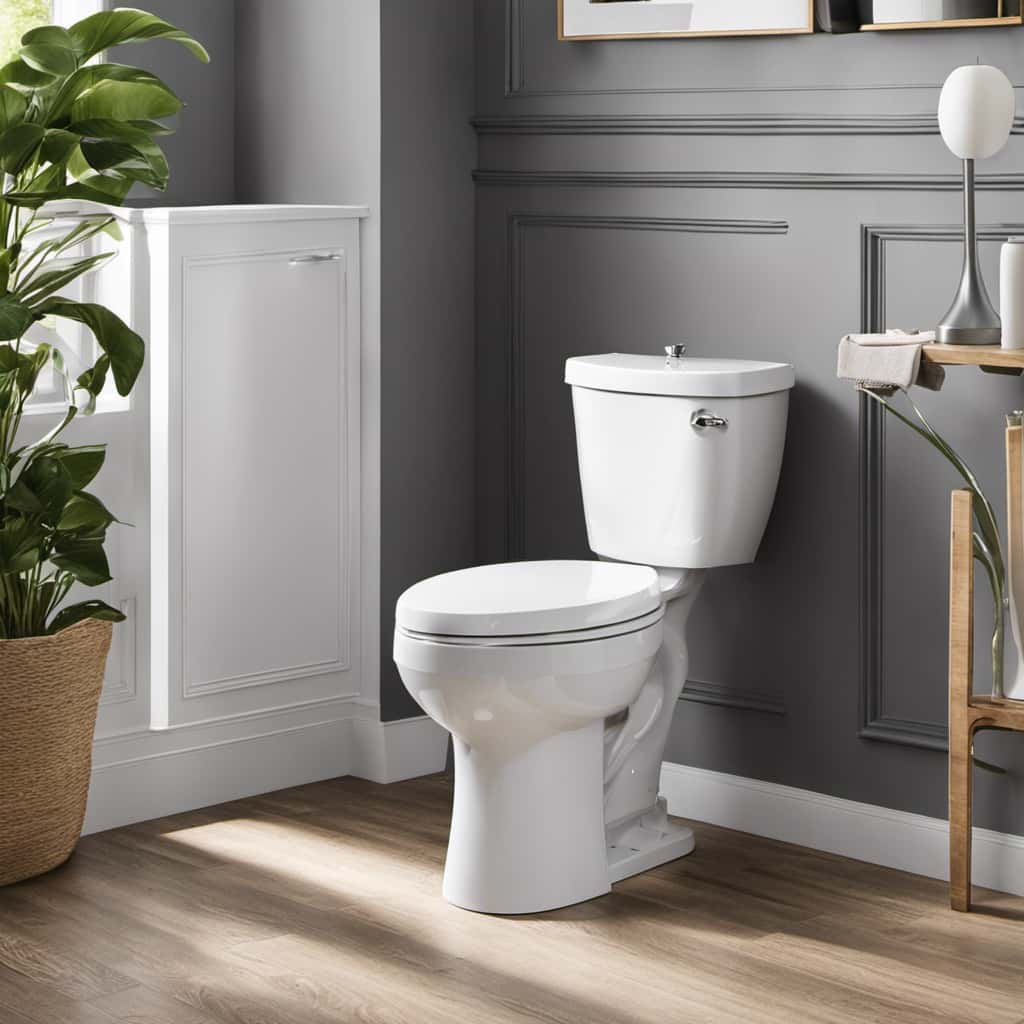
Key Takeaways
- Toilet paper travels through the pipes and into the sewer system after being flushed.
- Excessive toilet paper usage can lead to pipe blockages and backups.
- Filtration processes are used to separate toilet paper from wastewater at the treatment plant.
- Bacterial breakdown of toilet paper reduces the volume of solid waste and facilitates wastewater treatment.
The Journey From the Bowl to the Sewer
Once we flush the toilet, the journey of our toilet paper begins as it travels through the pipes and into the sewer system. The role of plumbing systems in this process can’t be understated.
Plumbing systems are designed to transport waste and water efficiently and effectively. When we flush, the toilet paper is carried through the pipes by the force of gravity and water flow.
However, excessive toilet paper usage can have a significant impact on this journey. Thick or multiple layers of toilet paper can clog the pipes, leading to blockages and potential backups. It’s essential to use toilet paper responsibly and avoid excessive usage to prevent these issues.
Regular maintenance, such as inspections and proper disposal practices, also play a crucial role in maintaining the functionality of plumbing systems.

The Treatment Process at the Wastewater Treatment Plant
At the wastewater treatment plant, we first separate the toilet paper from the wastewater using a series of filtration processes. These processes involve the use of screens and filters to remove solid materials, including toilet paper, from the wastewater. The separated toilet paper is then sent for further treatment or disposed of properly.
After the initial separation, the wastewater undergoes a series of treatment steps to ensure it meets water quality standards. These treatment plant operations include biological treatment, chemical disinfection, and sedimentation processes.
Biological treatment involves the use of microorganisms to break down organic matter in the wastewater, while chemical disinfection helps to kill harmful bacteria and pathogens. Sedimentation processes help to remove any remaining solids from the wastewater before it’s discharged or reused.
Breaking Down the Toilet Paper: the Role of Bacteria
To break down the toilet paper, bacteria play a crucial role through their interaction with organic matter in the wastewater. Bacteria decomposition is a key process in the microbial breakdown of toilet paper. These microscopic organisms break down the cellulose fibers present in toilet paper, converting them into simpler compounds.
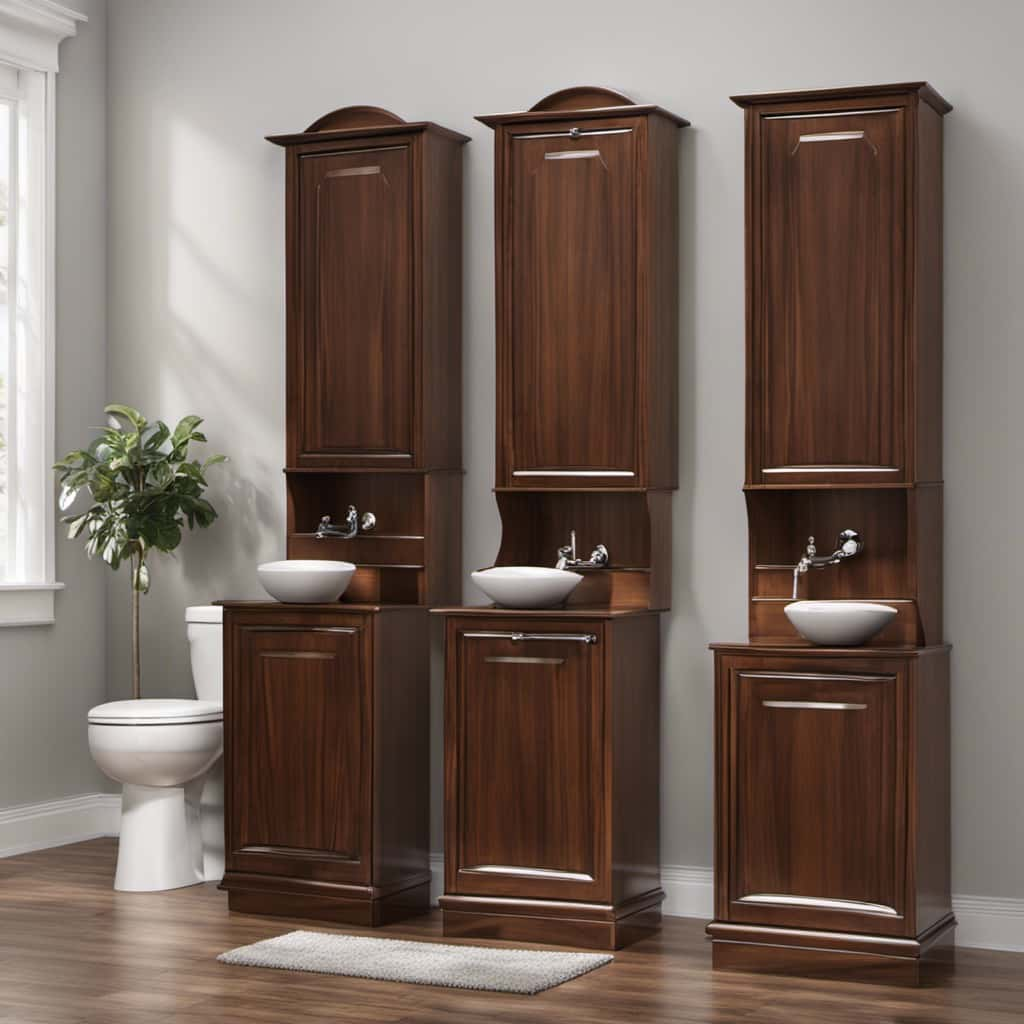
Through their enzymatic activity, bacteria secrete enzymes that target cellulose, breaking it down into glucose molecules. This process is known as cellulolysis. The glucose molecules are then further metabolized by the bacteria, producing energy and releasing carbon dioxide and water as byproducts.
This breakdown of toilet paper by bacteria is an essential step in the wastewater treatment process, as it helps reduce the volume of solid waste and facilitates the subsequent treatment of the wastewater.
Transforming Toilet Paper Into New Products
After the bacteria break down the toilet paper, we can explore how to transform it into new products using innovative methods. There are several upcycling possibilities for recycled toilet paper, which can bring both environmental and economic benefits.
One option is to convert it into paper pulp, which can then be used to create new paper products such as tissues or paper towels. Additionally, the cellulose fibers in toilet paper can be extracted and used in the production of biodegradable plastics or biofuels. These innovative approaches not only reduce waste and conserve resources, but they also have the potential to generate revenue through the creation of new markets for recycled materials.
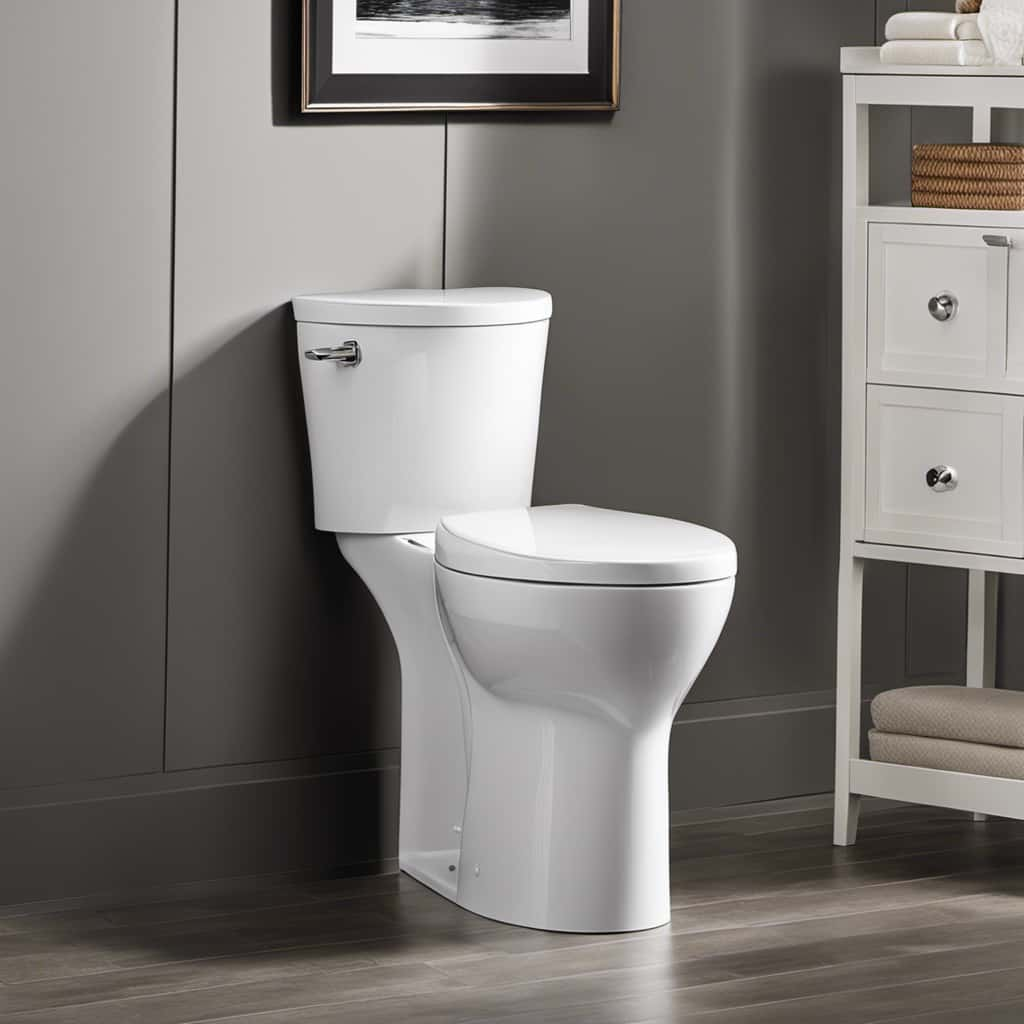
By exploring these transformation methods, we can maximize the potential of toilet paper to contribute to a sustainable and circular economy.
However, it’s important to consider the environmental implications and sustainability efforts associated with the production and disposal of toilet paper.
Environmental Implications and Sustainability Efforts
In our efforts to address the environmental implications of flushing toilet paper, we actively pursue sustainable practices and initiatives.
Recycling initiatives play a crucial role in reducing the environmental impact of toilet paper consumption. Paper mills have implemented advanced recycling processes to transform used toilet paper into new paper products, such as tissue and packaging materials. By diverting used toilet paper from landfills, we conserve valuable resources and reduce greenhouse gas emissions associated with waste disposal.

Furthermore, water conservation efforts are essential in minimizing the environmental footprint of toilet paper production. Manufacturers have implemented water-efficient technologies that reduce water consumption during the manufacturing process. Additionally, consumers can contribute to water conservation by using toilet paper responsibly and opting for water-saving toilets.
Through these sustainability efforts, we strive to minimize the environmental impact of flushing toilet paper while ensuring the hygiene and comfort of individuals.
Frequently Asked Questions
How Much Toilet Paper Is Typically Flushed Down the Toilet Each Year?
We consume a significant amount of toilet paper each year, contributing to the impact of its production on deforestation. The exact amount flushed down the toilet annually varies, but it is a substantial quantity that should be taken into consideration.
Can Flushing Too Much Toilet Paper Cause Clogs in the Sewer System?
Flushing excessive amounts of toilet paper can lead to clogs in the sewer system, causing backups and potential damage. Understanding the toilet paper manufacturing process and its impact on septic systems is crucial for preventing these issues.
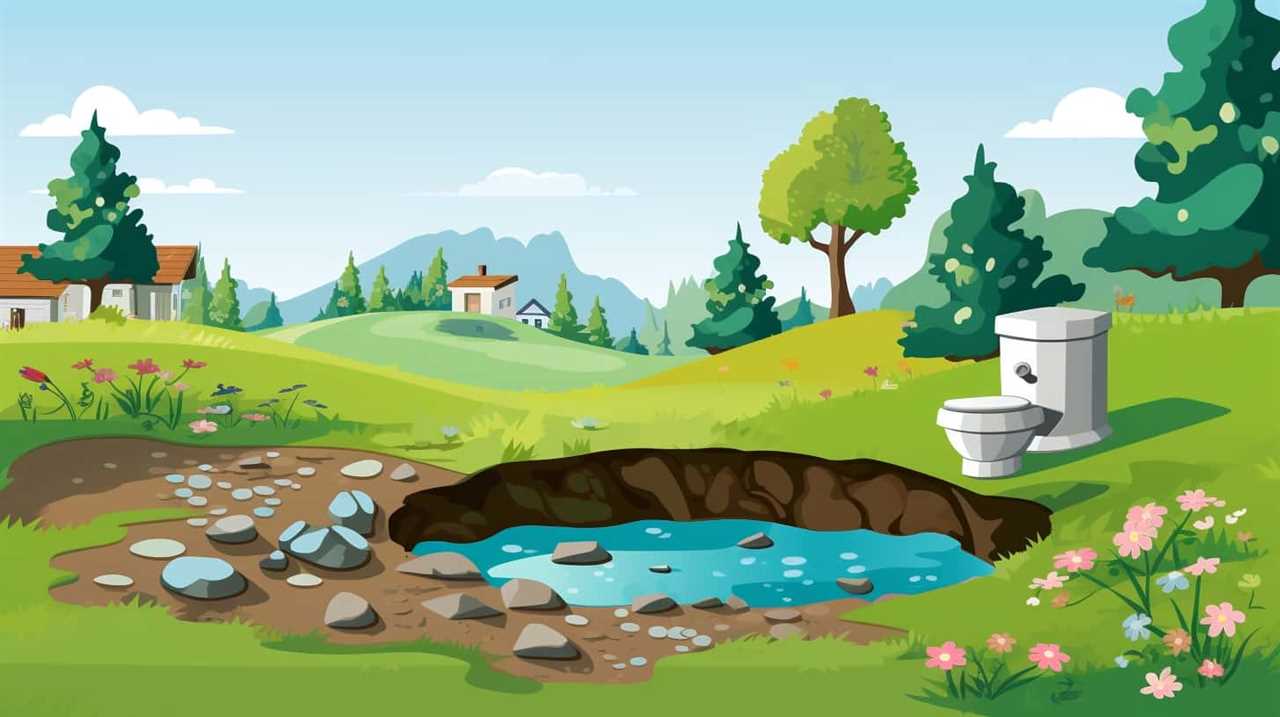
Are There Any Alternatives to Toilet Paper That Are More Environmentally Friendly?
Toilet paper alternatives and sustainable bathroom products can be more environmentally friendly. We’ll explore the options and analyze their benefits. Let’s start by discussing the need for eco-conscious choices in our daily bathroom routines.
What Happens to Toilet Paper That Is Not Flushed Down the Toilet, Such as Tissue or Paper Towels?
When not flushed, toilet paper alternatives like tissue or paper towels can clog pipes and cause costly plumbing issues. Proper disposal is crucial to prevent environmental harm and maintain the efficiency of the toilet paper manufacturing process.
Are There Any Health Risks Associated With Using Recycled Toilet Paper Products?
When considering the health risks of using recycled toilet paper products, we must also analyze their environmental impact. By examining the manufacturing process and potential contaminants, we can determine any potential concerns for consumers.
Conclusion
In conclusion, the journey of toilet paper from the bowl to the sewer is an intricate process that involves the hard work of bacteria and wastewater treatment plants. Through their diligent efforts, toilet paper is broken down and transformed into new products, contributing to sustainability initiatives.
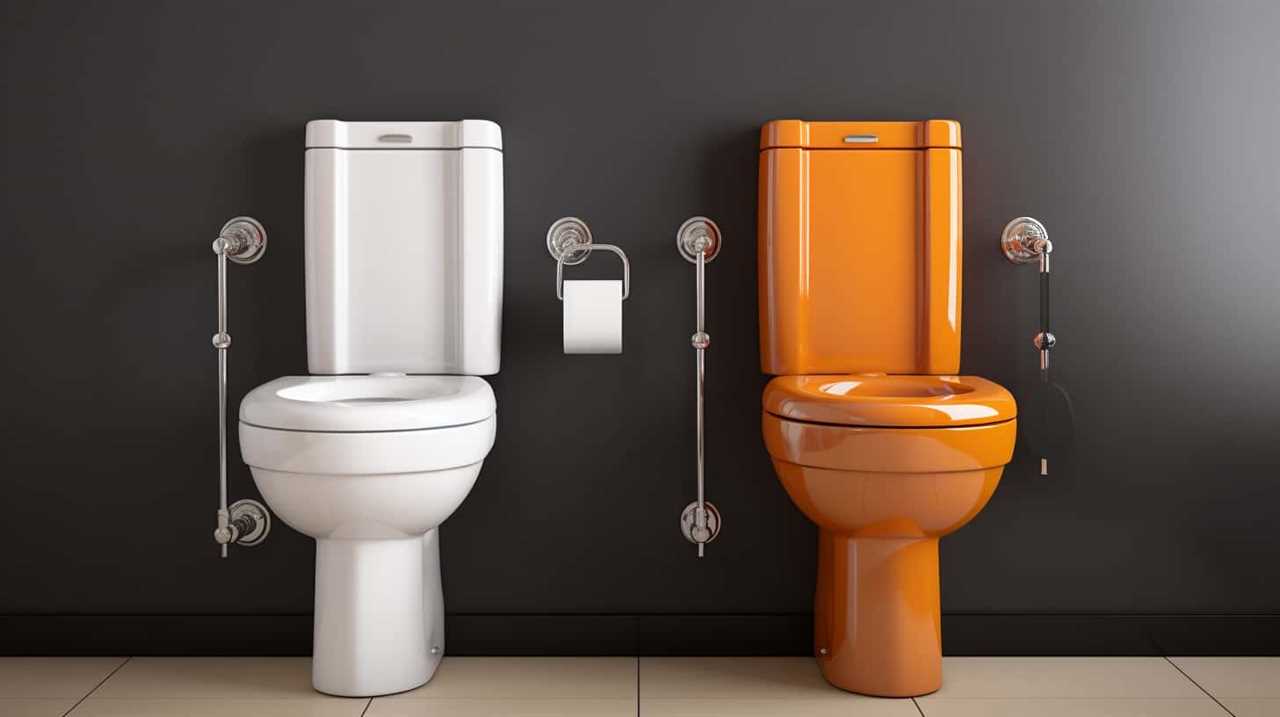
It’s fascinating to think that our humble toilet paper can have a second life and help reduce environmental impact. Truly, it’s a recycling journey that turns waste into value, like a phoenix rising from the ashes.
